
15 Feb Ionian Islands
The Ionian Islands are among the best loved of Greece’s 6,000 islands, famed as much for their startling beauty and year-round temperate climate as well as for their rich history. With their rugged shorelines, soaring mountains and deep Mediterranean blue waters, they owe their dramatic landscapes to the seismic activity that tore the islands from the mainland eons ago. Inhabited since the Paleolithic Era, the islands are filled with cultural attractions that let visitors peer into Greece’s historic and mythological past, and with such beautiful scenery, they’re also popular destinations for outdoor activities. Supported by a modern infrastructure, the Ionian Islands are ideal for those simply looking for rest and relaxation too.
7. Kythira
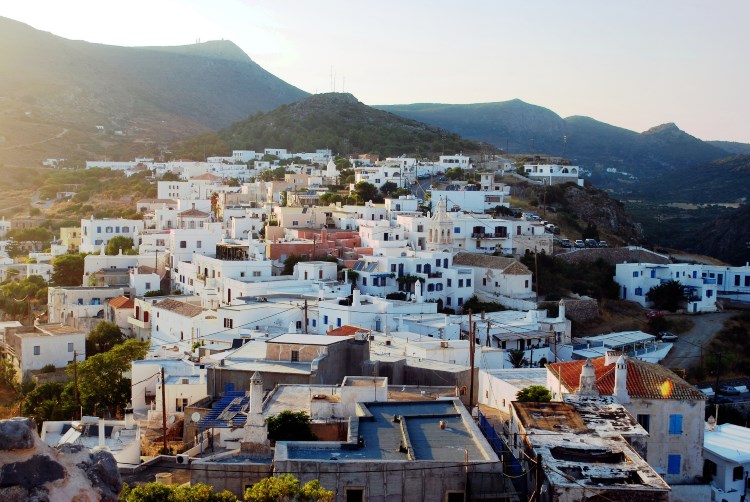 flickr/Nikos Roussos
flickr/Nikos RoussosPart of the original seven Ionian Islands, Kythira lies near the southern tip of the Peloponnese peninsula. Over the island’s long history, its strategic maritime location attracted seafaring merchants and conquerors from all over the known world, resulting in a culture that is more varied than other Ionian Islands. From 13th-century Byzantine frescoes found on the walls of a cave in Mylopotamos to Minoan bronze idols unearthed on atop the mountain of St. George, the island’s archeological treasures reflect the island’s cultural diversity. In addition to Kythira’s beautiful beaches, the Mills region in Mylopotamos with its watermills and ponds is well worth exploring as well.
6. Paxi
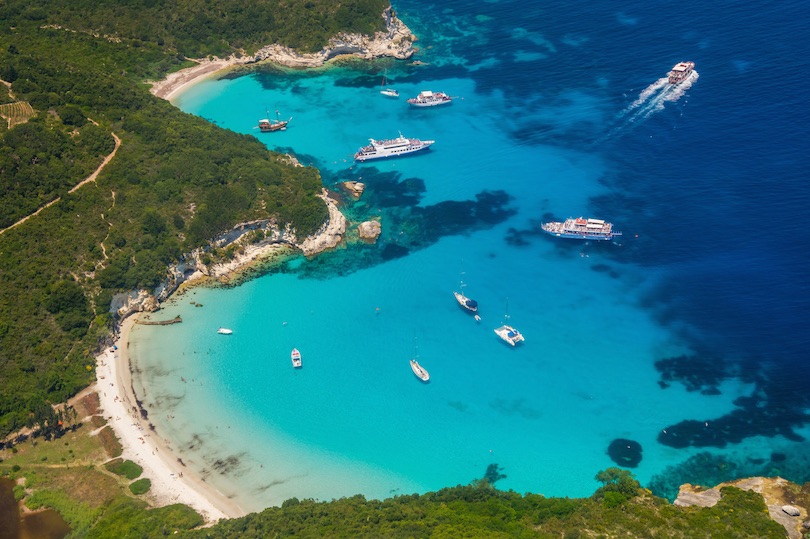
One of the smallest of the Ionian Islands, Paxi is just 13 km (8 miles) in length and can only be reached by boat, which makes the island a popular stopping point for yachts. Also known as Paxos or Paxoi, Paxi draws visitors looking for a more exclusive vacation experience, and with its luxury resorts and boutique shops, the island has plenty of attractions to delight even the most cosmopolitan traveler. There are gorgeous beaches to enjoy in Paxi too, and the south coast features around 40 sea caves to explore. The ancient Venetian fortress of Agios Nikolaos is also worth a visit.
5. Lefkada
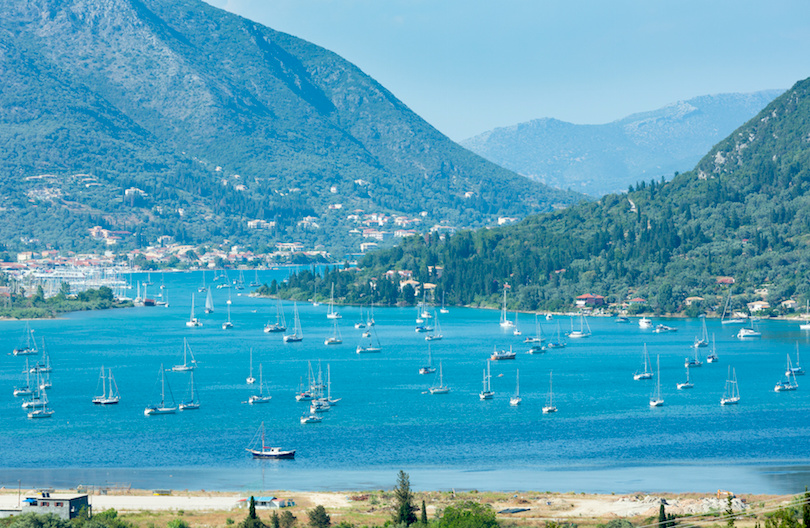
Surrounded by two dozen islets, Lefkada connects to the Mainland of Greece by a floating pontoon bridge and a long causeway. The easily accessible island is a popular vacation destination, offering visitors an array of recreational, natural and cultural attractions. The island’s west side has the best beaches while the windy south is a favorite spot for kite surfing and paragliding. The town of Lefkada features the island’s most interesting cultural institutions, which include the 12th-century fort Agia Mavra and the Charamogleious Eidiki Lefkadiaki Library. The Archeological Museum features an impressive collection of artifacts dating from the Paleolithic Era to the 4th century A.D.
4. Ithaki
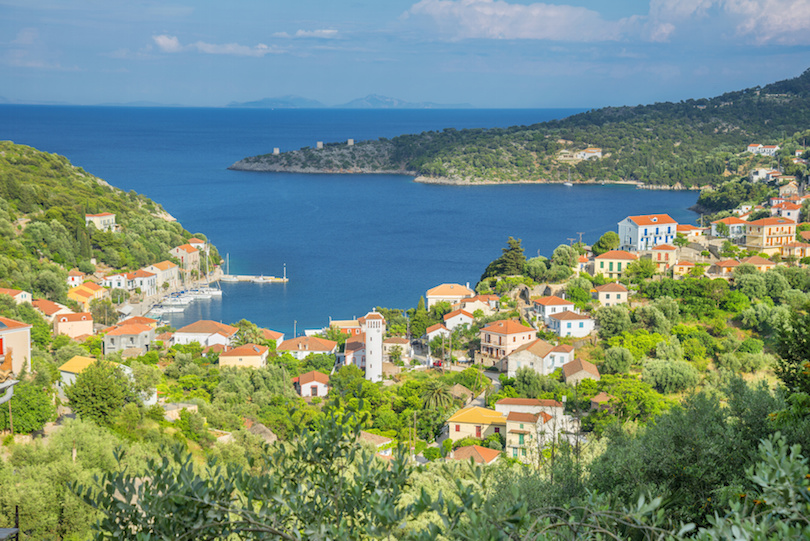
Forever linked to Homer’s tale of Odysseus, Ithaki, also known as Ithaca or h, is considered the home island of the famous Greek hero. Some of the sights mentioned in the ancient folklore, including the Arethoussa Spring and Cave of the Nymphs, are within walking distance of the capital city of Vathy. Vathy is home to most of the island’s best cultural attractions too, including the Folklore and Maritime Museum, the Archaeological Museum and the cathedral of Panaghia, which boasts a Crucifixion icon believed to have been crafted by Spanish Renaissance painter El Greco.
3. Kefalonia
Also known as Cephalonia, Kefalonia is the largest of Ionian Islands and one of the most scenic. The island’s capital city Argostoli stands like an amphitheater overlooking the Koutavous lagoon, a nature reserve that is both a stopping point for migratory birds and Loggerhead turtles. The Melissani Lake cavern near the island’s main port, Sami, is a must-see natural attraction. Once a place of worship for the god Pan, the lake is fed by seawater flowing in underground from the opposite side of the island. Encircled by mountains, Sami Beach is worth a visit as well. The pretty white-stone beach is also less crowded than the more popular Myrtos Beach on the island’s west coast.
2. Zakynthos
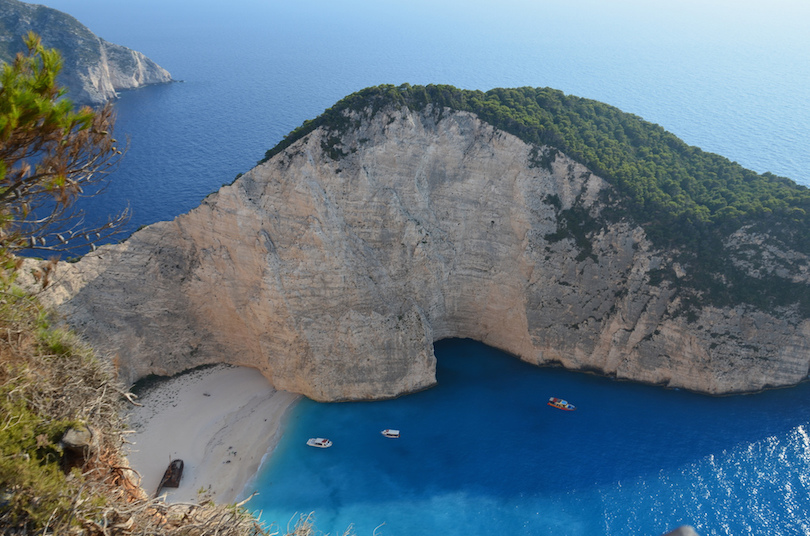 flickr/Natasa Stuper
flickr/Natasa StuperKefalonia’s nearest island neighbor to the south, Zakynthos is the third largest of the Ionian Islands. Also known as Zante, the island is known for its varied coastline, which ranges from rugged cliffs on the west coast and caves to the north to sheltered sandy beaches to the south and east. Beaches along the southern Vassilikos peninsula are some of the island’s most popular destinations. A boat trip to view the Blue Caves on the northern tip of Cape Skinari is a can’t-miss activity. In the early morning the blue color of the sea is reflected in the cave’s overhanging arches.
1. Corfu
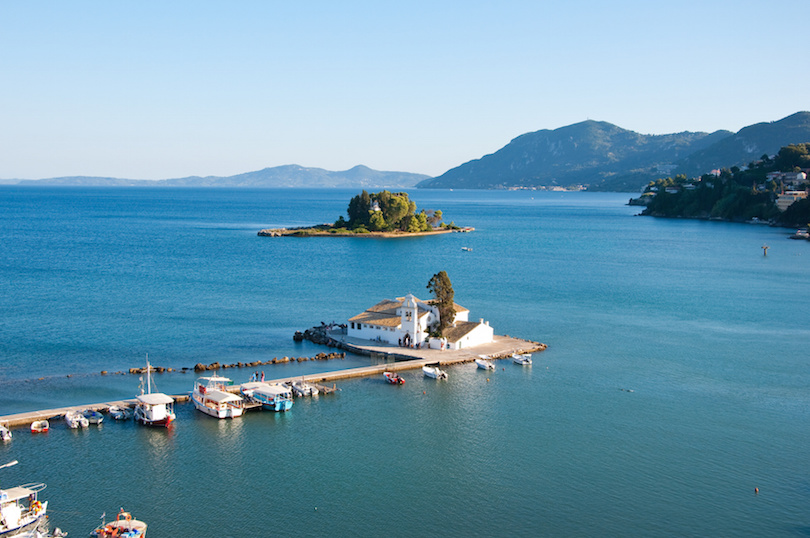
The northernmost and most popular of the Ionian Islands, Corfu is an island closely linked to the history and mythology of Ancient Greece. Also known as Kerkyra, Corfu has a tradition of tourism that dates back more than 130 years. The island where Odysseus stopped before returning to Ithaca is famed for its cultural institutions and for its picturesque beaches and resorts. Corfu also reflects the diverse cultural and architectural influences of the many foreign empires that ruled it down through the centuries from Roman to Byzantine, Venetian, British and French. The Old Town of Corfu has some of the best historic sights, including the 15th-century Old Fortress and Spianada, a huge parade ground and park surrounded by stunning 19th-century architecture, such as the Saint Michael and George Palace.
Source: Touropia




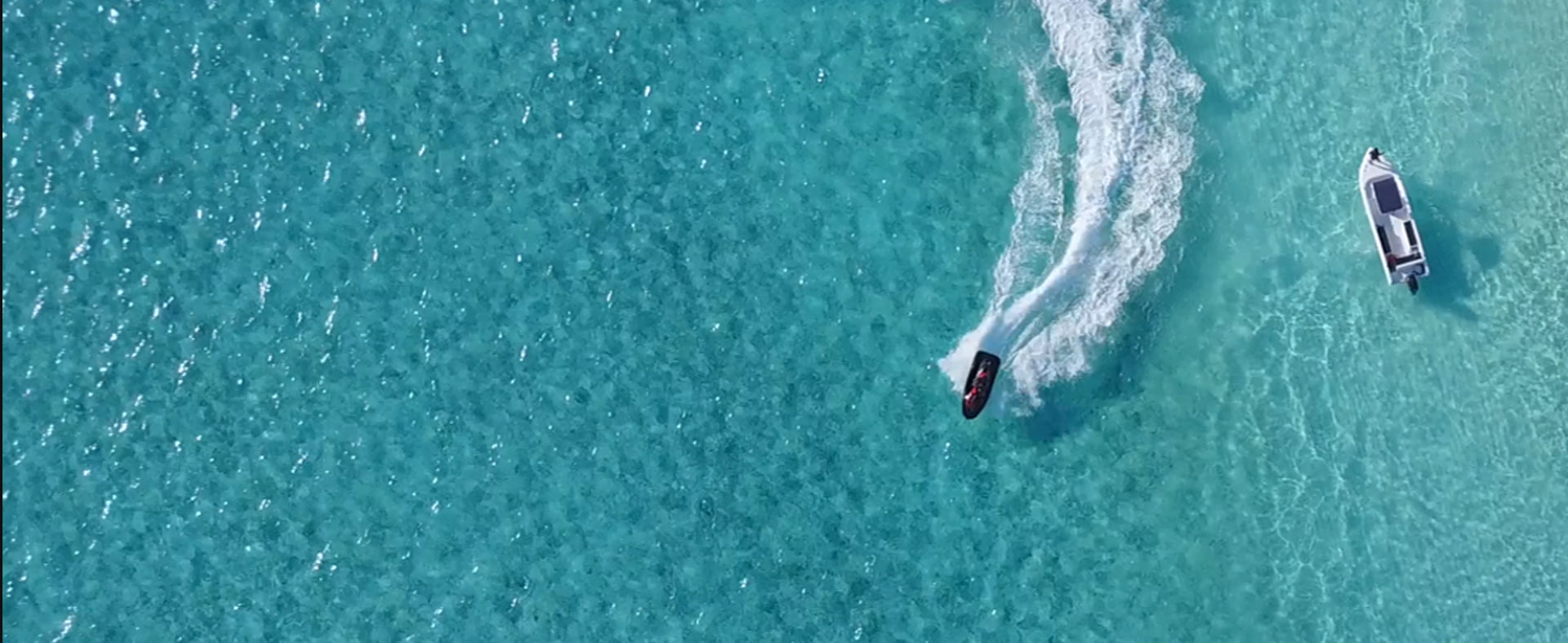
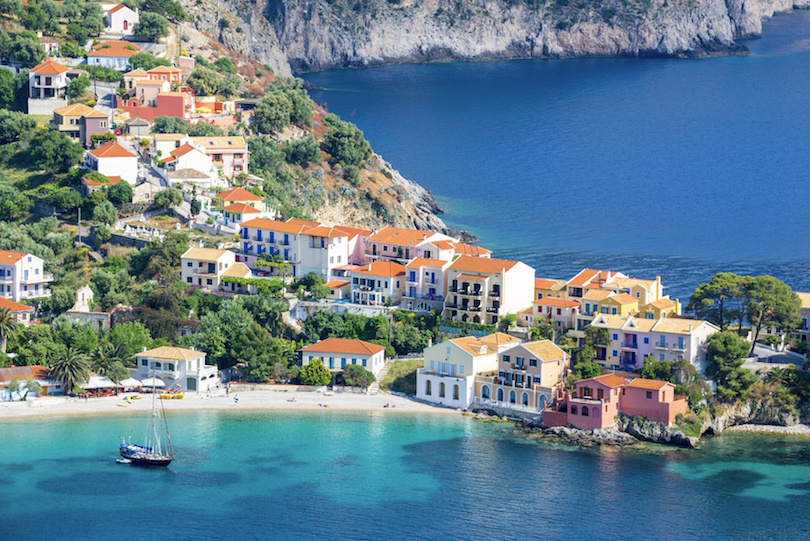


Sorry, the comment form is closed at this time.